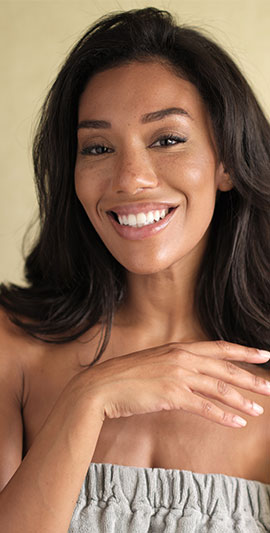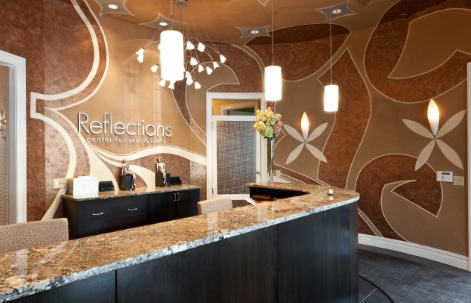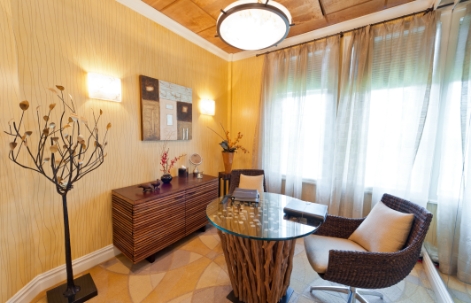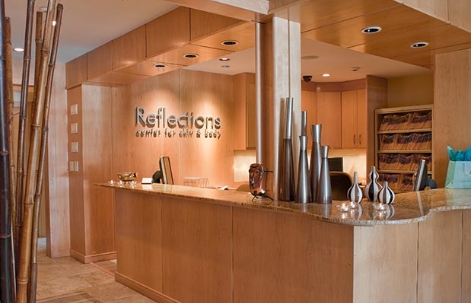Acne lesions range in severity from comedones (blackheads and whiteheads) to nodules and cysts. Here is a brief definition and photographs of typical acne lesions.
Comedones
Comedones are sebaceous follicles (oil glands) plugged with sebum (oil), dead cells from inside the sebaceous follicle, tiny hairs, and sometimes bacteria. When a comedo is open, it is commonly called a blackhead because the surface of the plug in the follicle has a blackish appearance. A closed comedo is commonly called a whitehead; its appearance is that of a skin-colored or slightly inflamed “bump” in the skin. The whitehead differs in color from the blackhead because the opening of the plugged sebaceous follicle to the skin’s surface is closed or very narrow, in contrast to the distended opening of the blackhead.
Papules
A papule is defined as a small (5 millimeters or less), solid lesion slightly elevated above the surface of the skin. A group of very small papules and comedones may be almost invisible but give a “sandpaper” feel to the skin. This photo shows papules and comedones on the face of an acne patient.
Pustules
A dome-shaped, fragile lesion containing pus that typically consists of a mixture of white blood cells, dead skin cells, and bacteria. A pustule that forms over a sebaceous follicle usually has a hair in the center. Acne pustules that heal without progressing to cystic form usually leave no scars. This photo shows pustules, papules and comedones on the face of an acne patient.
Macule
A macule is a red spot left by a healed acne lesion. It is flat, usually red with a well defined border. A macule may persist for a long time.
Nodule
Like a papule, a nodule is a solid, dome-shaped or irregularly-shaped lesion.
Unlike a papule, a nodule is characterized by inflammation, extends into deeper layers of the skin and may cause tissue destruction that result in scarring. A nodule may be very painful. Nodular acne is a severe form of acne.
Cyst
A cyst is a sac-like lesion containing liquid or semi-liquid material consisting of white blood cells, dead cells, and bacteria. It is larger than a pustule, may be severely inflamed, extends into deeper layers of the skin, may be very painful, and can result in scarring. Cysts and nodules often occur together in a severe form of acne called nodulocystic acne. This is a severe form of acne that is often resistant topical and oral medicines and likely to leave scars after healing. These photos show nodulocystic acne.







